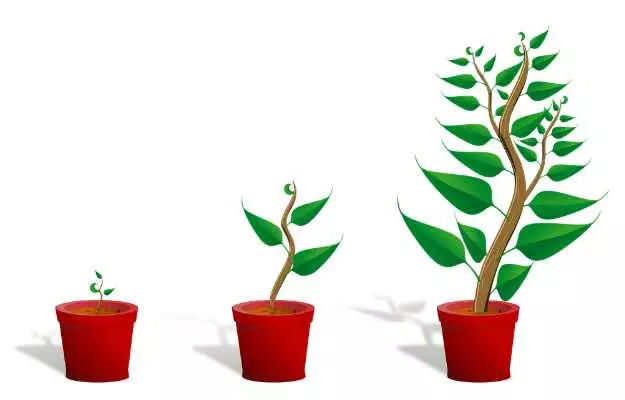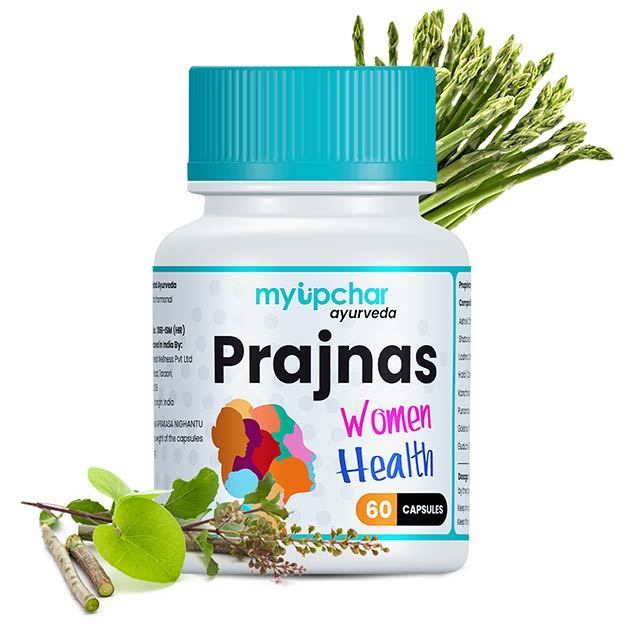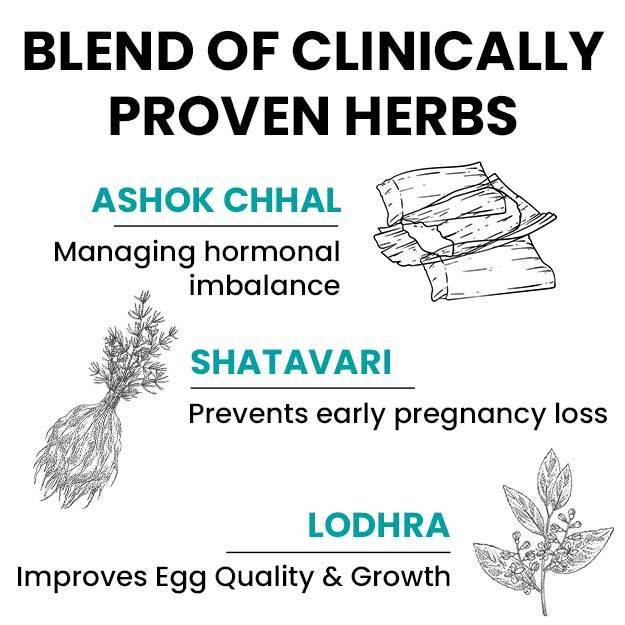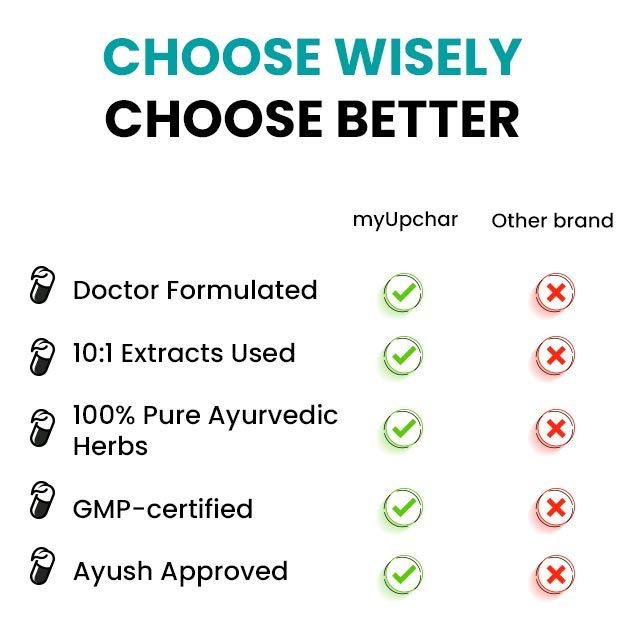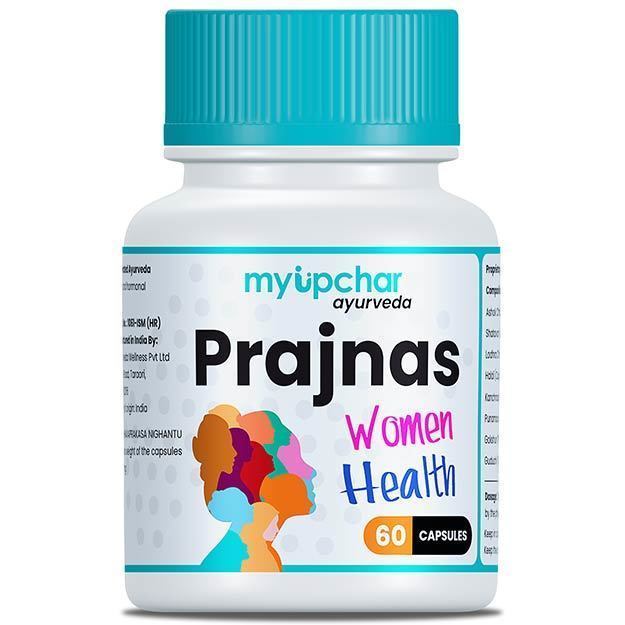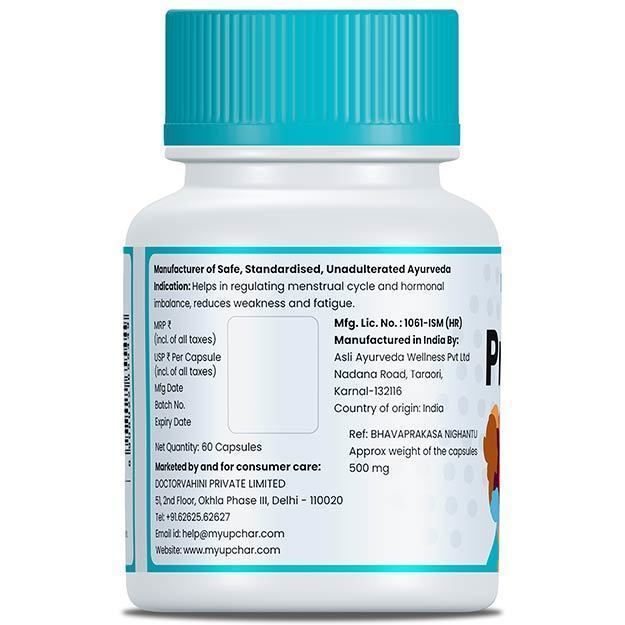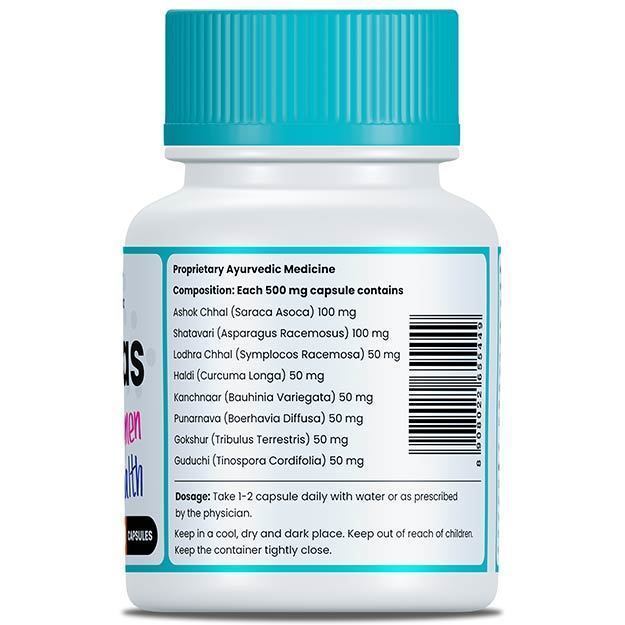India, the home of Ayurveda is blessed with a lot of nature’s goodness. Traditional and healing herbs can be easily found growing in your backyard or on roadsides whether you know them or not. However, the Himalayan foothills have got the lion’s share of this bounty, being home to countless medicinal and health building herbs. Kutki is one such herb, though most of us may be unaware of its existence or at least not well acquainted with its health benefits, it keeps on being an important part of ayurvedic medicine since ever. In fact, various hepatoprotective drugs are extracted from the roots of kutki plant and its demand is ever increasing in both the national and international market. However, overexploitation has put it in the critically endangered category and there is a need to preserve this plant to keep on getting all the benefits of this wonderful healer.
But the question remains, how do you recognise a kutki plant. For all you know you might be standing next to it right?
What is kutki?
Kutki is a small herb that grows all year round that is perennial. It has soft hairy stems and broad or narrow leaves which grow almost near the ground. Usually, the broadleaf kutki is found growing under shrub canopies while the narrow leaf kutki is more commonly found growing on rocks near springs. Stem becomes erect during the flowering season which is around June to August and the brownish grey roots are present in the form of rhizomes (fleshy food storing roots) which are somewhat cylindrical and clustered together. Kutki flowers are either white or a faded bluish purple and grow terminally (on top) in clusters.
Did you know?
The name Picorrhiza comes from the Greek word picroz and rhiza which translates to bitter and root respectively, referring to the bitter taste of kutki plant
Though a bit of bitter taste is worth all its health benefits. But before we start with those, here are some basic facts about Kutki:
- Botanical name: Picrorhiza Kurroa
- Family: Scrophulariaceae
- Common name: Kutki, Kardi, karwi, Karu
- Sanskrit name: Arishta, Anjani
- Parts used: roots or rhizomes
- Native region and geographical distribution: Kutki grows at an altitude of about 3500 to 4500 meters in the Himalayan region ranging from Kasmir to Sikkim. It is also found in China, Pakistan, Nepal, Tibet and Bhutan.
Kutki benefits
As a bitter herb kutki has a number of health benefits. However, it is primarily known as a hepatoprotective and used in the treatment of various liver diseases like hepatitis and jaundice. Without much delay, let us take a look at the scientifically proven uses and benefits of kutki plant.
Kutki for liver
Liver plays several functions in the human body. From digestion to blood filtering to detoxification, it has a role in almost every metabolic process. Naturally, any damage to liver would affect all the major organs of the body and also lead to the accumulation of toxins and harmful chemicals in blood. Liver dysfunction manifests itself in the form of various liver diseases. As a hepatoprotective, kutki is an excellent remedy for improving liver function. Traditionally, kutki roots are used to treat jaundice. Animal-based indicate that regular administration of kutki can reduce hepatitis. In a clinical study, 375 mg of kutki root powder, when given thrice day for a period of 2 weeks was found to reduce bilirubin and revert liver damage.
Picrorhiza, reduces the amount of fats stored in liver and reduces fatty liver disease as evidenced by preclinical studies. According to a study published in the Journal of Current Pharmaceutical Biotechnology, picroliv is the active hepatoprotective component of Picrorhiza plant. In preclinical studies, its action has been found to be comparable to that of the well-known drug silymarin. Administration of kutki has further been demonstrated to protect the liver against hypoxia damage (damage due to reoxygenation of liver tissue) and chronic liver injuries and liver fibrosis since it contains compounds like vanillic acid.
(Read more: Liver disease types)
Kutki as an anti-inflammatory
Inflammation is the natural response of your body against infection or injury. It is marked by redness, pain, and swelling at the affected area. However, long-term or chronic inflammation may do more harm than good leading to diseases such as diabetes and heart problems. In fact, plant-based drugs act by inhibiting or reducing inflammatory reactions in the body. Lab-based studies indicate that savinin present in Picrorhiza effectively inhibits the production of TNF-alpha, an inflammatory molecule. In further studies, a series of anti-inflammatory and antioxidant molecules have been isolated and identified in the heartwood of kutki plant. These include pterolinus K and pterolinus L, both these compounds inhibit neutrophil activity which is another factor responsible for inflammation. Both topical gel and an oral formulation of Picrorhiza exhibit potent anti-inflammatory activity as demonstrated by animal-based studies. The topical gel also showed a mild analgesic effect (pain-relieving).
(Read more: Inflammatory disease treatment)
Kutki for stomach
Traditionally kutki is known for curing stomach conditions like stomach pain. Taking 10 gram of kutki root along with some honey is believed to treat stomach ache. In Chinese medicine, this herb is used as a remedy for diarrhoea, piles and fistula among other stomach conditions. About 6-10 g of the herb is administered in various forms to cure any of these conditions. In vivo (animal-based) studies suggest that kutki root is indeed very effective in reducing gastric ulcers and reversing damage to the stomach lining due to its antioxidant properties and by inhibiting excess acid secretion. Though there is no clinical trial to confirm the same, the Ayurvedic and traditional claims can’t be denied completely.
Kutki for heart
Picrorhiza protects you from heart attack and stroke as it inhibits the accumulation and production of harmful fats in the body. As an antioxidant, it acts against lipid peroxidation thus reducing the risk of arterial plaques and atherosclerosis. Pterostilbene is claimed to be the compound responsible for the hypolipidemic and antioxidant action of kutki plant.
Kutki not only protects your blood vessels from plaque formation but also it aids in angiogenesis, the formation of new blood vessels and keeps your circulatory system healthy.
(Read more: Heart disease types)
Other benefits of kutki
- Kutki is traditionally used for the treatment of diabetes and preclinical studies have confirmed the hypoglycemic effect (reduces blood sugar) of kutki by changes in insulin sensitivity and sugar metabolism in body.
- Kutki has been found to possess strong antimicrobial potential against a wide range of pathogenic bacteria including Escherichia coli, Bacillus subtilis, Pseudomonas aeruginosa and Staphylococcus aureus. It also inhibits the growth of the peptic ulcer bacteria Helicobacter pylori.
- In traditional Indian system, kutki is used for the treatment for various conditions like dysentery, eye diseases, and as an aphrodisiac.
- For the treatment of fevers in adults, about 10 g of kutki is administered along with1 g of honey.
- Kutki extracts have shown inhibitory action against parasites such as Leishmania and Plasmodium, which cause leishmaniasis and malaria respectively.
Kutki use and dosage
Kutki is commercially available in the form of tablets, capsule and powder. You can also buy dried kutki roots as such. Kutki is not readily soluble in water so it is mostly given in the form of a tincture (alcoholic extract), however, decoctions of kutki are used traditionally for the treatment of various ailments. Also, it is quite bitter and pungent and is usually given along with honey or some other herb to mask its taste.
Since kukti is a herb, the standard dosage would vary depending on the age, gender and physical and physiological condition of the individual. Though 300 to 1200 mg of kutki is used per day for the treatment of fevers in adults. It is advisable to contact an ayurvedic doctor to know the right dosage of this herb for you.
Kutki side effects
- Due to the absence of safety evidence, pregnant and nursing mothers are suggested to talk to their doctor before taking kutki in any form or just stay away from the herb altogether.
- Kutki is known to be an antihyperglycemic herb. If you suffer from low blood sugar levels or are a diabetic person on medications, it is best that you refer a doctor before consuming kutki.
- Due to its hypoglycemic effect, it is better to avoid Picrorhiza in case you are about to go for a surgery or have gone through one recently.
- Some natural herbs interfere with the action of drugs, so, if you are on any kind of prescribed medicine it is highly recommended that you ask your doctor about the possible interactions of this herb and if it is safe to be taken along with your medicine.
Medicines / Products that contain Kutki
- Myupchar Ayurveda Prajnas Pushyanug Churna Tablet - ₹449
- myUpchar Ayurveda Yakritas Capsule For Liver Support - ₹899
- Planet Ayurveda Navkarshik Churna - ₹590
- Sadhana Kamdev ghrita 100 GM - ₹342
- Vitaminhaat Livo Optimax Capsule - ₹1099
- Baidyanath Nagpur Ameobica Tablet (25) - ₹119
- Herbal Canada Mahasudarshan Ghanvati (60) - ₹125
- Morsan Kutki Capsule - ₹810
- Zandu Sudarshan Tablet - ₹59
- Usine StrongLiv Liver Protection & Regenerative Capsule - ₹180
- Usine StrongLiv (Sugar Free) Liver protection & Regenerative Tonic - ₹165
- Krishnas Herbal & Ayurveda Patharchatadi Juice (Stone Craker Juice) 1000ml - ₹510
- Aayucure Dermont Tablet - ₹399
- Aayucure Antra-Ambro Tablet - ₹399
- Aimil Purodil Tablet - ₹185
- Baidyanath Liverex Tablet - ₹136
- Ultra Healthcare livorest - ₹160
- Sadhana Fal ghrita 100 GM - ₹200
- Sadhana Fal ghrita 200 GM - ₹380
- Baidyanath Amoebica Tablet (100) - ₹485
- Baidyanath Amoebica Tablet (25) - ₹153
- Baidyanath Amoebica Tablet (50) - ₹289
- Adorreal Herbal Body Detox Supplement promote full Body Detox Supports Weight loss & Immunity Support Capsules (60) - ₹399
- Girko Phaltrikadi Kwath Churna 500 GM - ₹260
- Butterfly Ayurveda Livofly Syrup - ₹140
- Baidyanath Phalkalyan Ghrita - ₹247
- Siddhayu Digee Yogue - ₹108
- Kerala Ayurveda Patolakatukurohinyadi Kwath - ₹300
- Krishnas Herbal & Ayurveda Joint Pain Care Juice 1000ml - ₹510
- Herbal Canada Arsh Care Capsule (10) - ₹121
- Baidyanath Nagpur Ameobica Tablet (100) - ₹391
- Aptivate Syrup Pineapple 175ml - ₹161
- Planet Ayurveda Kutki Powder - ₹1010
- Cave Ayurveda Hemo Pure Syrup - ₹119
- Siddhayu Wormzwin Syrup - ₹165
- Zandu Arogyavardhani Gutika Tablet - ₹119
- Zenius Hemo Plus Capsule (60) - ₹672
- Ultra Healthcare Livorest Syrup - ₹119
- Sadhana Kamdev ghrita 200 GM - ₹650
- Zandu Livotrit Forte Tablet (60) - ₹184
- Butterfly Ayurveda Colonofly Syrup - ₹150
- Herbal Canada Arsh Care Capsule (30) - ₹249
- Zenius Hemo Plus Capsule Pack of 2 (60 each) - ₹1176
- Maha Herbals Livo Peace Tablet - ₹229
- Zandu Livotrit Syrup 100ml - ₹222
- Aimil Amroid Tablet - ₹225
- Baidyanath Mahasudarshan Churna - ₹161
- Kerala Ayurveda Histantin - ₹545
- Zandu Sudarshan Ghan Vati - ₹119
- Baidyanath Amritarishta syrup - ₹173
References
- Dharam Chand, Zubair A Malik, MC Nautiyal. Conservation of Picrorhiza kurrooa through cultivation in Garhwal Himalaya: A review. International Journal of Herbal Medicine 2016; 4(1): 64-69
- Flowers of India. Kutki . National portal of India
- Vaidya AB, Antarkar DS, Doshi JC, Bhatt AD, Ramesh V, Vora PV, Perissond D, Baxi AJ, Kale PM. Picrorhiza kurroa (Kutaki) Royle ex Benth as a hepatoprotective agent--experimental & clinical studies. 1996 Oct-Dec;42(4):105-8. PMID: 9715310
- Thorne Research. Picrorhiza kurroa. Alternative Medicine Review ; Volume 6, Number 3; 2001
- Shetty SN, Mengi S, Vaidya R, Vaidya AD. A study of standardized extracts of Picrorhiza kurroa Royle ex Benth in experimental nonalcoholic fatty liver disease.. 2010 Jul;1(3):203-10. PMID: 21547049
- Verma PC, Basu V, Gupta V, Saxena G, Rahman LU. Pharmacology and chemistry of a potent hepatoprotective compound Picroliv isolated from the roots and rhizomes of Picrorhiza kurroa royle ex benth. (kutki). 2009 Sep;10(6):641-9. Epub 2009 Sep 1. PMID: 19619118
- Itoh A, Isoda K, Kondoh M, Kawase M, Watari A, Kobayashi M, Tamesada M, Yagi K. Hepatoprotective effect of syringic acid and vanillic acid on CCl4-induced liver injury.. 2010;33(6):983-7. PMID: 20522963
- Itoh A, Isoda K, Kondoh M, Kawase M, Kobayashi M, Tamesada M, Yagi K. Hepatoprotective effect of syringic acid and vanillic acid on concanavalin a-induced liver injury. 2009 Jul;32(7):1215-9. PMID: 19571388
- Cho JY, Park J, Kim PS, Yoo ES, Baik KU, Park MH. Savinin, a lignan from Pterocarpus santalinus inhibits tumor necrosis factor-alpha production and T cell proliferation.. 2001 Feb;24(2):167-71. PMID: 11217086
- Wu SF, Hwang TL, Chen SL, Wu CC, Ohkoshi E, Lee KH, Chang FR, Wu YC. Bioactive components from the heartwood of Pterocarpus santalinus. 2011 Sep 15;21(18):5630-2.PMID: 21784631
- Dhande PP, Gupta AO, Jain S, Dawane JS. Anti-inflammatory and Analgesic Activities of Topical Formulations of Pterocarpus Santalinus Powder in Rat Model of Chronic Inflammation. 2017 Jul;11(7):FF01-FF04. PMID: 28892928
- Vivek Ratnamraju, Priti Pravin Dhande , Amit O. Gupta and Nancy Shaver Vaz. Anti-inflammatory and analgestic activity of oral decoction of pterocarpus santalinus bark wood powder in acute inflammation model. Projected Impact Factor (2017): 0.59 , CiteScore (2017): 0.27
- Narayan S, Devi RS, Devi CS. Role of Pterocarpus santalinus against mitochondrial dysfunction and membrane lipid changes induced by ulcerogens in rat gastric mucosa. 2007 Nov 20;170(2):67-75. PMID: 17719569
- Narayan S, Devi RS, Srinivasan P, Shyamala Devi CS. Pterocarpus santalinus: a traditional herbal drug as a protectant against ibuprofen induced gastric ulcers. 2005 Nov;19(11):958-62. PMID: 16317653
- Saradamma Bulle, Hymavathi Reddyvari, Varadacharyulu Nallanchakravarthula, and Damodara Reddy Vaddi. Therapeutic Potential of Pterocarpus santalinus L.: An Update. 2016 Jan-Jun; 10(19): 43–49. PMID: 27041873
- Huma Qureshi, Maria Masood, Muhammad Arshad, Rahmatullah Qureshi. Picrorhiza kurroa: An ethnopharmacologically important plant species of Himalayan region. Pure Appl. Biol., 4(3): 407-417, September- 2015

